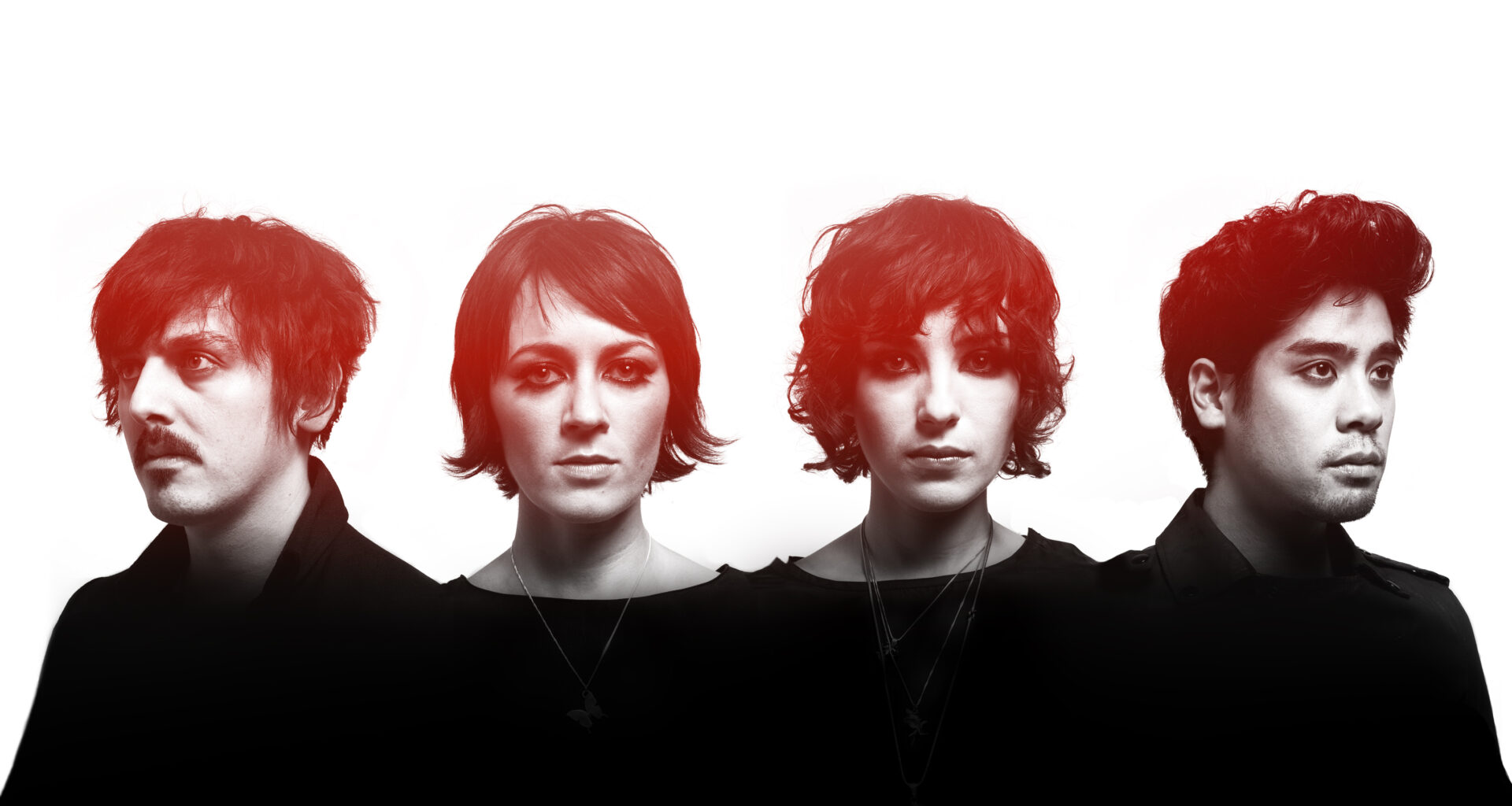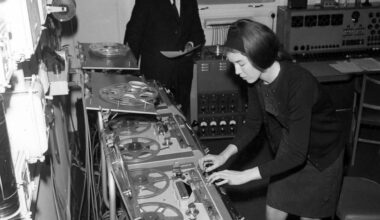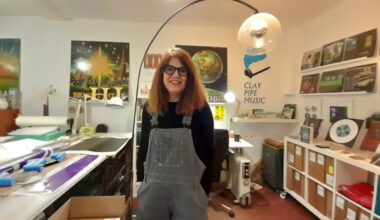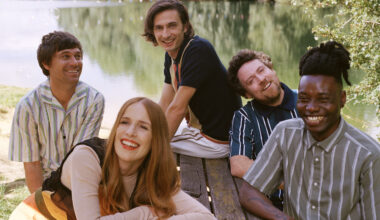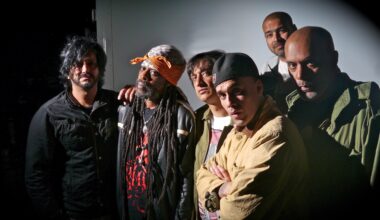Almost a quarter of a century after they formed, Ladytron are still reaching new audiences. With their 2002 hit ‘Seventeen’ having gone viral on TikTok, the electropop futurists are back with their first album in five years, the swaggering ‘Time’s Arrow’. Quite the journey it’s been, too. Prepare for a bumpy but exhilarating ride
Want to read more?
Sign up to Electronic Sound Premium to gain access to every post, video, special offers, and more. 100%, all you can eat, no commitment, cancel any time.
Already a premium member? Log in here
